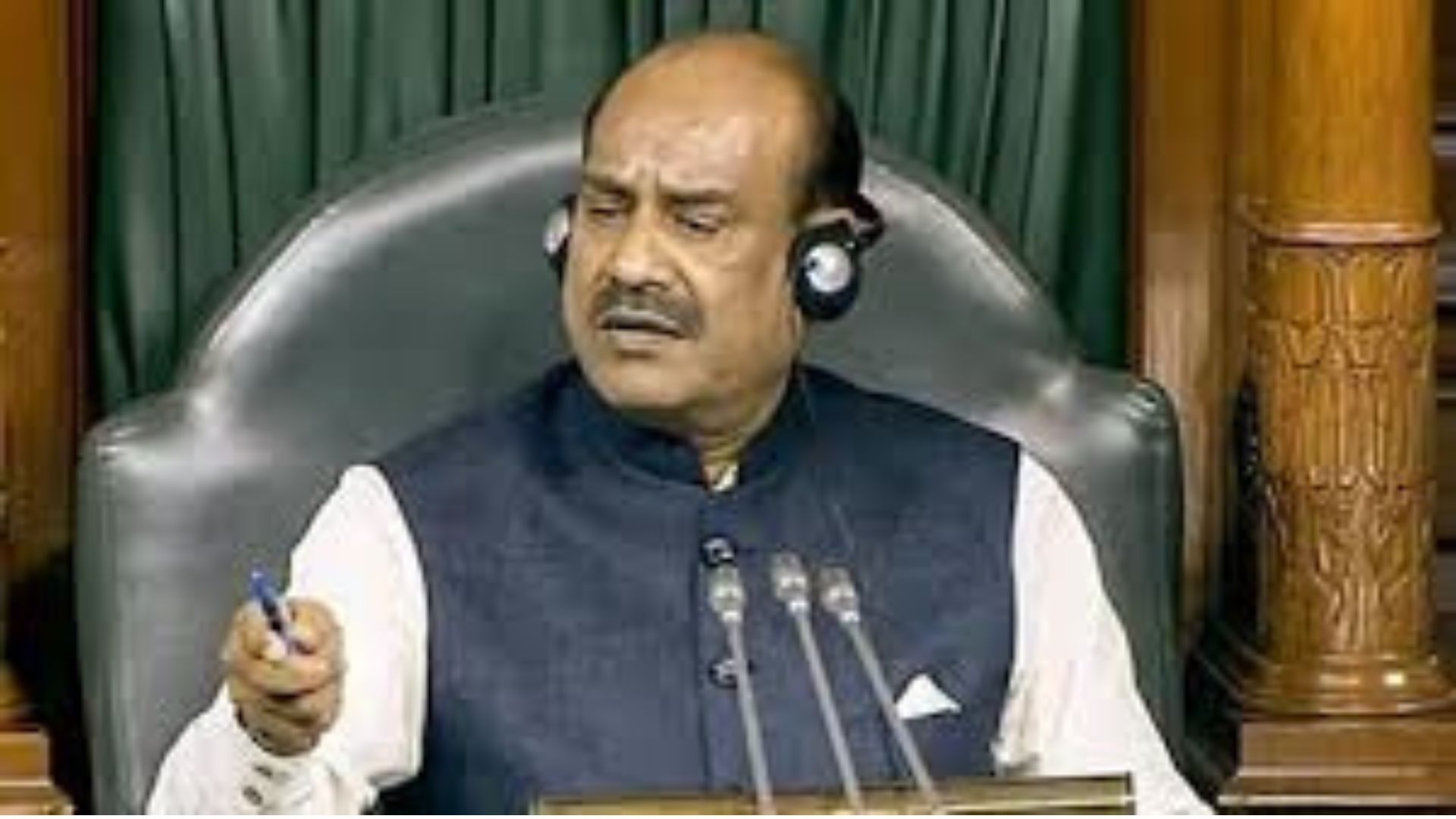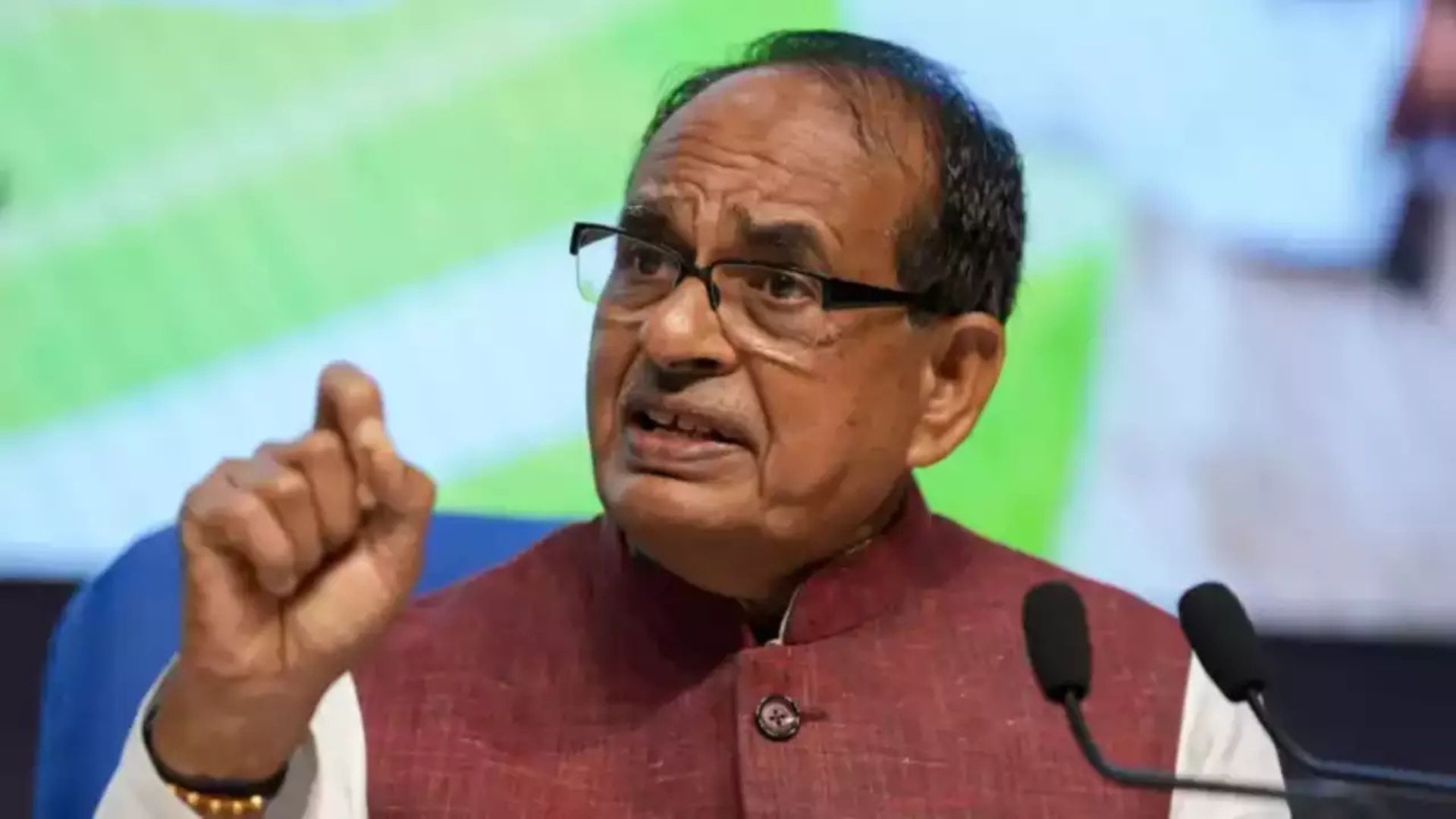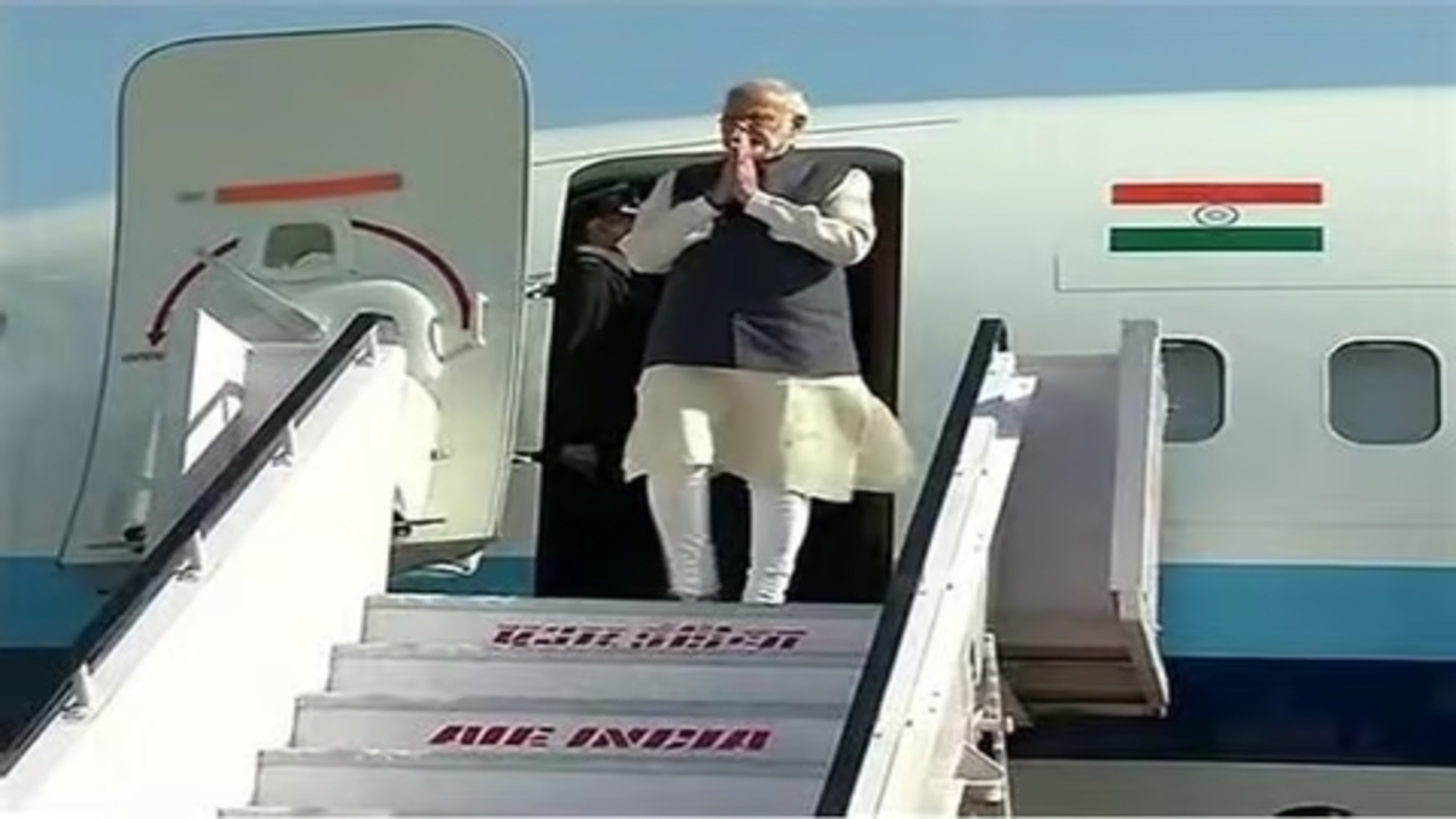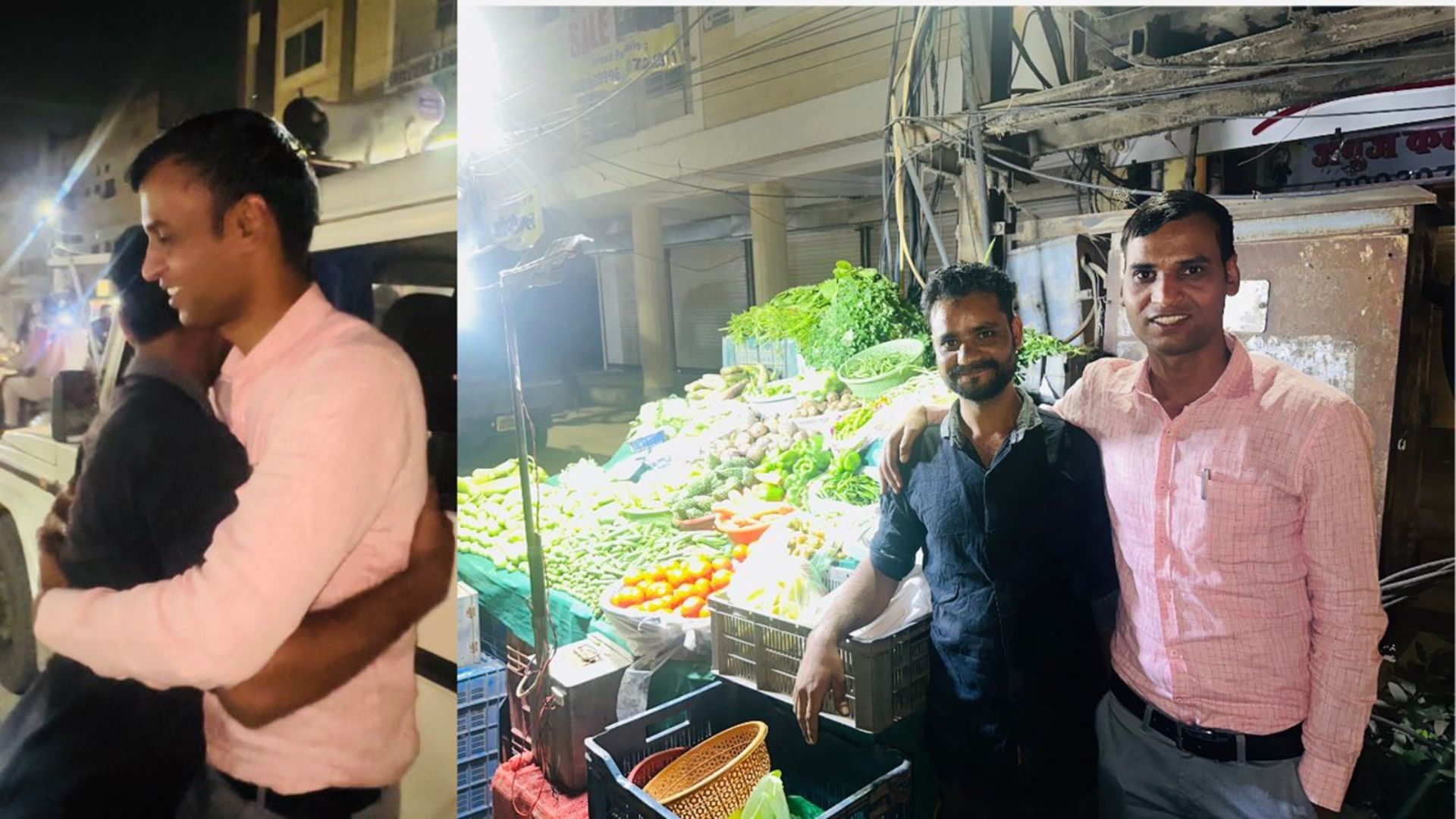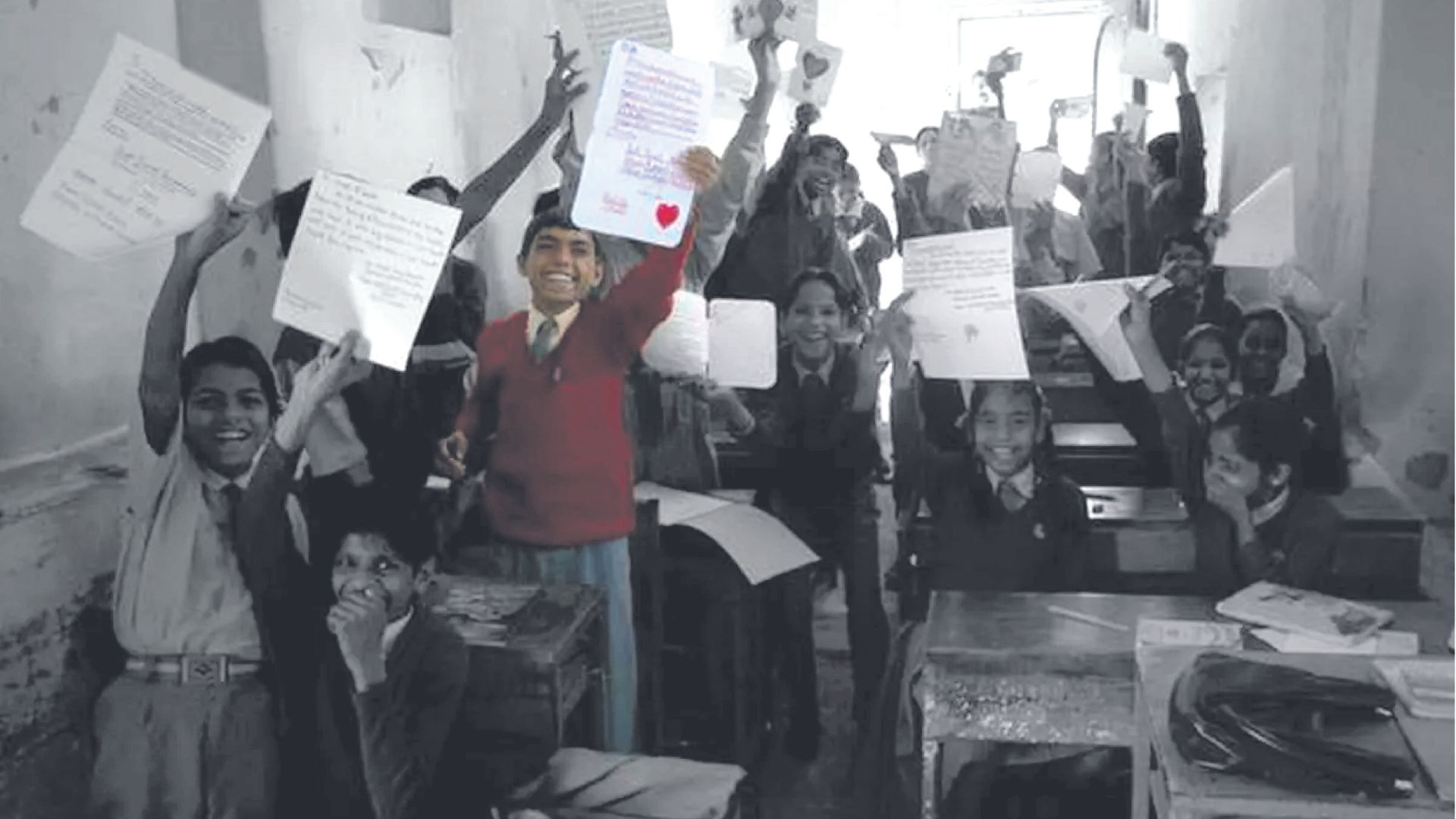
The Annual Status of Educational Report 2023 states that more than 86.8% individuals in the age group of 14 – 18 are enrolled in educational Institutions but one- fourth of them can’t read a class 2 level text fluently in their regional languages.
In a diverse country like India where Linguistic diversity is celebrated and cherished, the question of which language should serve as the primary medium of instruction in the classrooms has been a subject of continuous debate.With dozens of languages and many other dialects spoken across the nation,finding a balance between tradition and contemporary becomes crucial while shaping the country’s educational landscape.
The concept of multilingualism has emerged as a potential solution to address this challenge,recognizing the importance of preserving linguistic heritage while embracing the demands of a globalised world.
However this shift raises a pivotal question: how should this linguistic diversity be effectively introduced in the classroom? Language,as many experts argue,is not merely a medium of communication; it is deeply intertwined in our culture,tradition, heritage and an ocean of knowledge and wisdom infused with community.However present day classrooms focus on one language, the so- called lingua franca which is English due to its advantageous position in better job opportunities which further accelerates homogenisation process.
Unfortunately this obsession with English may lead to the gradual extinction of local and indigenous languages and exclusive embedded knowledge which may not be reversible.This applies not only to tribal languages but to all languages within the power hierarchy.
With technology taking over the world rapidly and changes in education curriculum and pedagogy it becomes essential that the cultural and linguistic identity of each region be retained through education.National Educational Policy states“Wherever possible, the medium of instruction until at least Grade 5,but preferably till Grade 8 and beyond,will be the home language/ mother tongue/ local language/ regional language for both public and private schools”.It further states“More HEIs and more programs in higher education, will use the mother tongue/ local language as a medium of instruction, and / or offer programs bilingually, in order to increase access and GER and also to promote the strength,usage and vibrancy of all Indian languages,Private HEIs too will be encouraged and incentivized to use Indian languages as medium of Instruction and / or offer bilingual programs” This proposal is consistent with core philosophy of bilingualism/ multilingualism in education.
Multilingual education in the Indian context offers numerous advantages and can harness multiple benefits.Students who are bilingual tend to more creative and have higher cognitive abilities such as problem solving,critical thinking and creativity.Research has shown that multilingual individuals manifest greater mental flexibility and adaptability.This leads to better academic performance as they comprehend the concepts easily and achieve higher levels of academic excellence. Multilingualism keeps them connected to their cultural roots and instils in them a sense of pride and identity.This fosters a more inclusive learning environment where student feels valued as their unique perspectives are acknowledged.It equips them with valuable skill set enabling them to navigate diverse social and professional environment with ease.According to a study conducted by UNESCO,multilingual education promotes social cohesion and nurtures linguistic diversity and encourages cultural understanding.
While multilingual education offers numerous advantages, its implementation requires overhauling of teaching pedagogy because teacher education and training in India tends to be theoretical.Many problems plague the Indian education system,including inadequate teacher allocation,poor systemic governance,outdated teaching practices,lack of teacher coaching etc. Teaching is conducted in seminar style and tends to be one way communication.
Moreover Implementing multilingual education requires textbooks ,teaching materials and competent teachers proficient in multiple languages.So the onus falls on teachers to actively engage themselves in learning and celebrating linguistic heritage.Teachers need to be fluent in the languages spoken in the classroom and must be trained in using translanguaging and other pedagogical strategies effectively. We must see teachers as learners too and provide them with an engaging learning environment,adequate training to sensitize them to the linguistic resources available in an Indian classroom so that they can accurately measure students’ understanding and progress in different languages.
Once we are able to value all languages on equal footing it will diminish the power hierarchy between majority and minority languages and all languages will thrive and flourish harmoniously.
This is definitely a tough task but by making use of the latest Artificial Intelligence algorithm in combination with ever growing data sets ,we can overcome language barriers not only in education but can also help in the the growth of economy of the country.India can work on the Digital Single Market like Europe by adopting technology enabled multilingualism. This requires substantial research effort for Indian languages at least for constitutionally recognized languages, in the area of Natural Language Understanding,Natural Language Generation,Speech Recognition and Synthesis ,Document Analysis and Handwriting recognition,Multilingual Knowledge Processing and design of Multilingual learning environments involving augmented and virtual reality.By ensuing better access to multilingual data and multilingual teachers we can remove barriers ,foster collaboration and generate economic value and unite diverse cultures upholding the principles of Vasudhaiva kutumbakam( the world is a family)
Thus multilingual education is the key enabler for knowledge driven social equity, but at the same time education in the mother tongue must empower individuals for access to multilingual global knowledge so that there should be global mobility to make our country a significant player in global economy.This way all languages will co – exist enriching the cultural tapestry of National Educational Policy 2020.
Dr Ritu Kamra Kumar is
Principal, Mukand Lal
National College, Yamunanagar, Haryana
